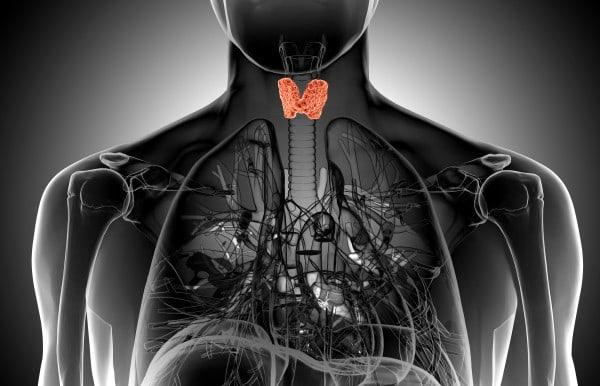Living, aging, getting sick, and dying are normal in life. As age increases, loose teeth become common, usually related to periodontal disease, which can lead to tooth loss when severe. When dealing with loose teeth, whether to extract them should depend on individual circumstances, and it is best to consult a dentist.
Slight wobbling within the physiological range does not require special treatment, maintaining oral hygiene is sufficient. If the looseness is excessive, accompanied by inflammation or pain, tooth extraction may be necessary, but inflammation must be controlled first. Factors to consider for extraction include tooth fracture, unstable residual root, post-operative attention to hemostasis, and disinfection to prevent infection.
For elderly individuals with weakened physical recovery abilities, tooth extraction is generally not recommended for teeth that are loose without inflammation to reduce the risk of bleeding and infection. Tooth extraction may affect surrounding teeth and bite function, so it is preferable to preserve the teeth as much as possible.
Elderly individuals should have a soft diet, avoid hard foods that irritate the gums and worsen looseness. Daily oral hygiene is crucial, with regular brushing in the morning and evening, rinsing with mild saltwater after meals to help prevent periodontal problems.
In cases of extensive tooth loss, options such as dental implants and porcelain crowns can be considered after extraction to restore chewing and aesthetics. Wearing dentures is also an option but requires maintaining denture cleanliness. Additionally, pay attention to osteoporosis, supplement calcium appropriately through sunlight exposure or calcium-rich foods, which is beneficial for dental health.
It is important to prioritize dental protection from a young age to reduce damage and prolong the lifespan of teeth to avoid affecting quality of life. Daily brushing and rinsing are the most basic dental care measures.


